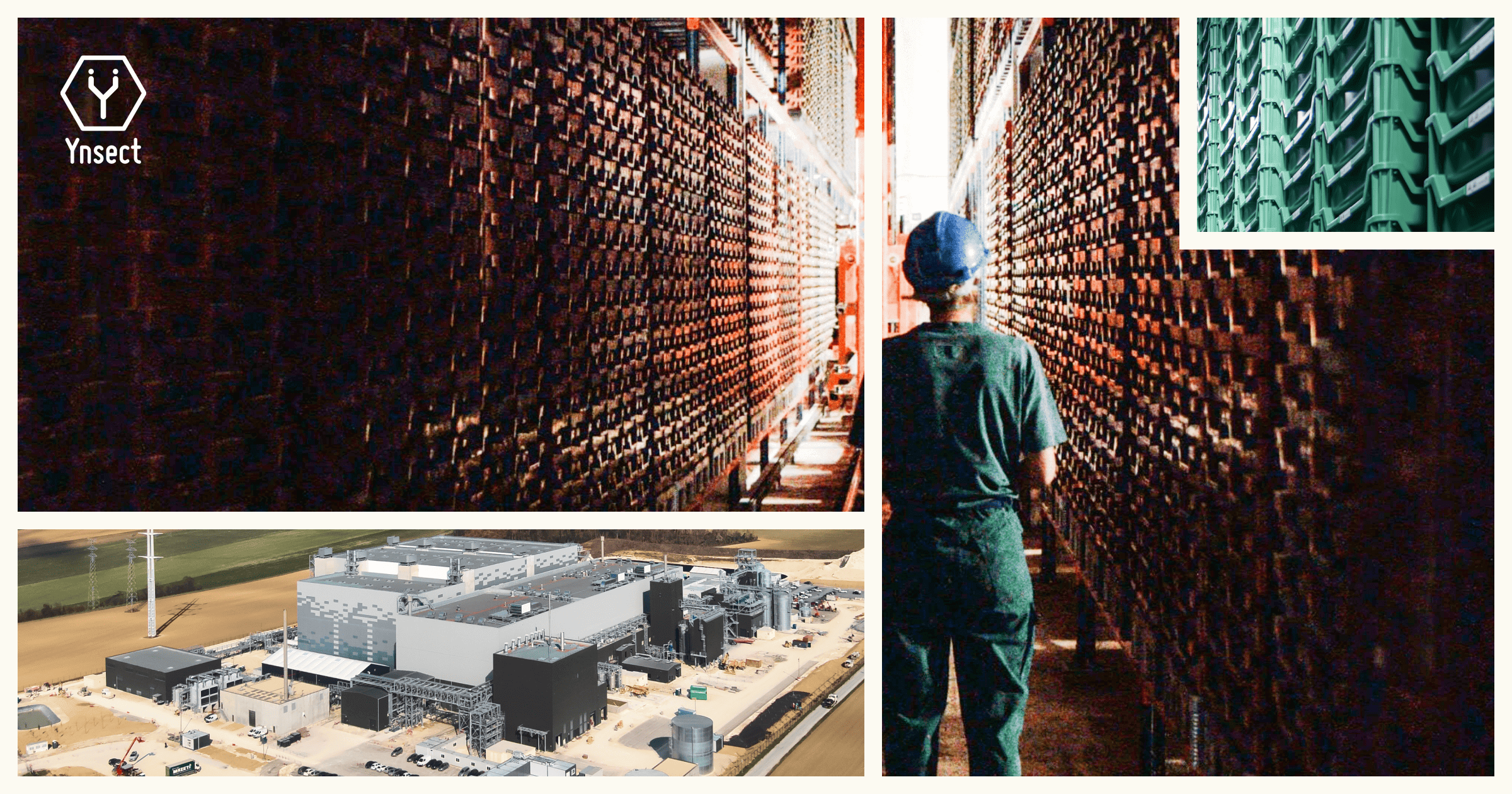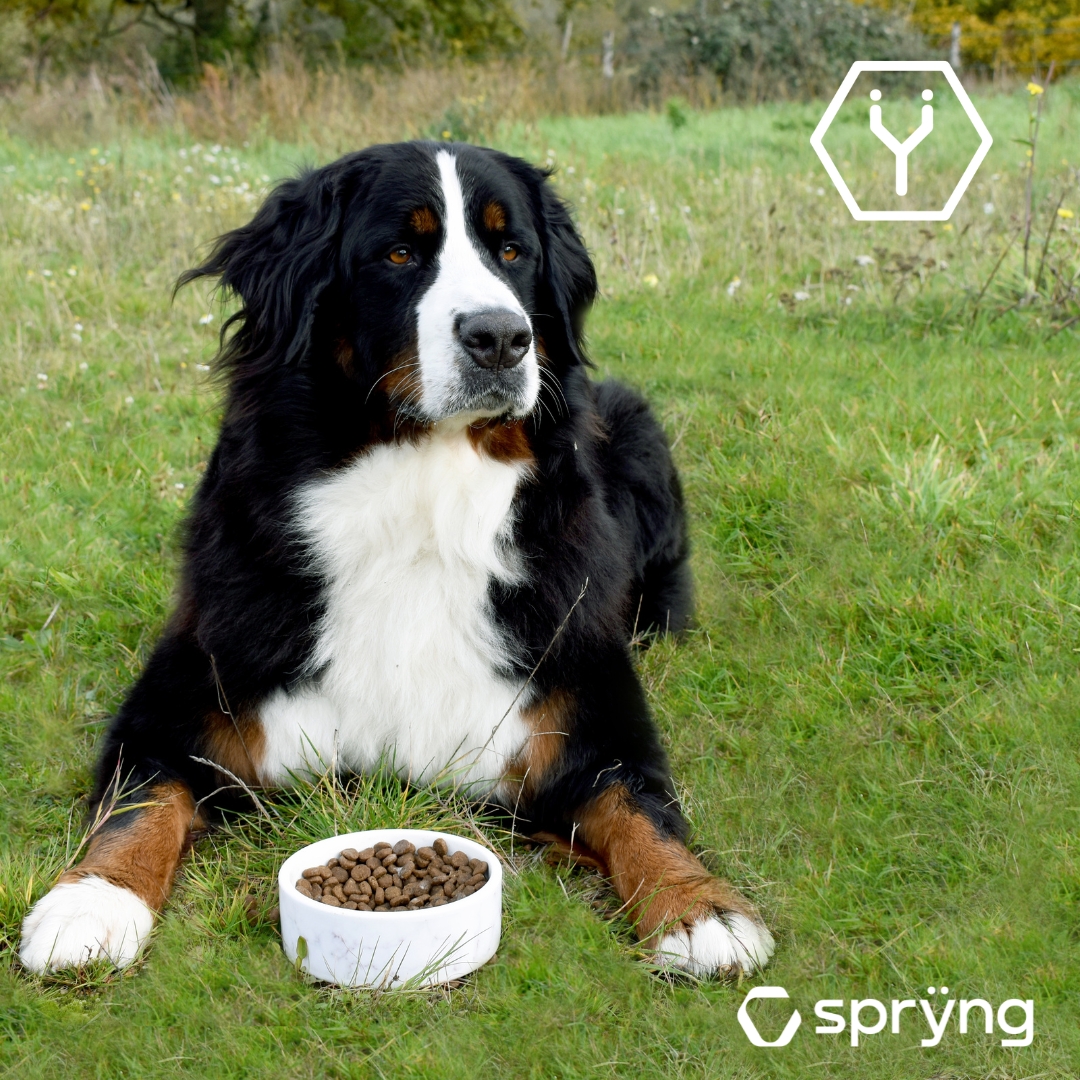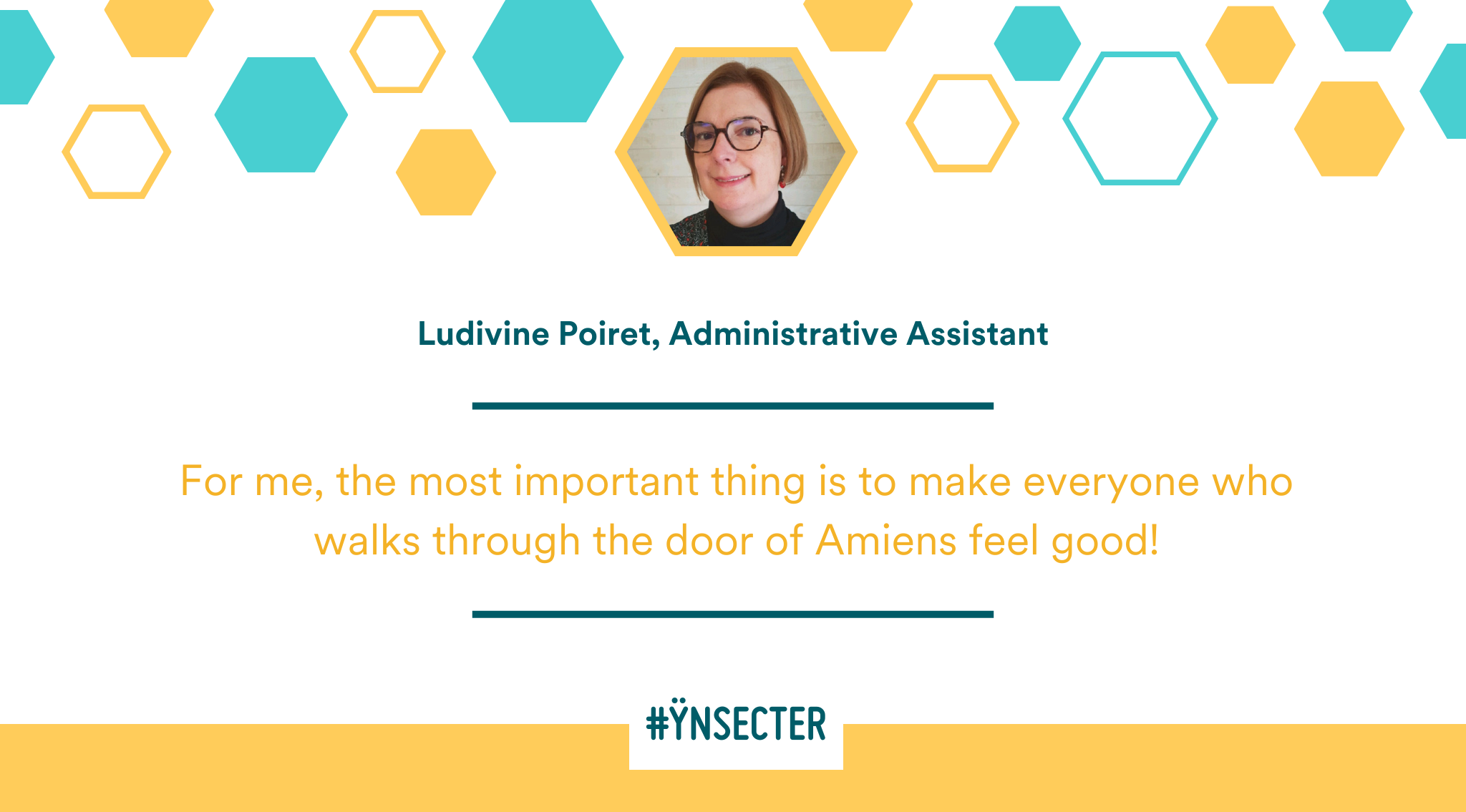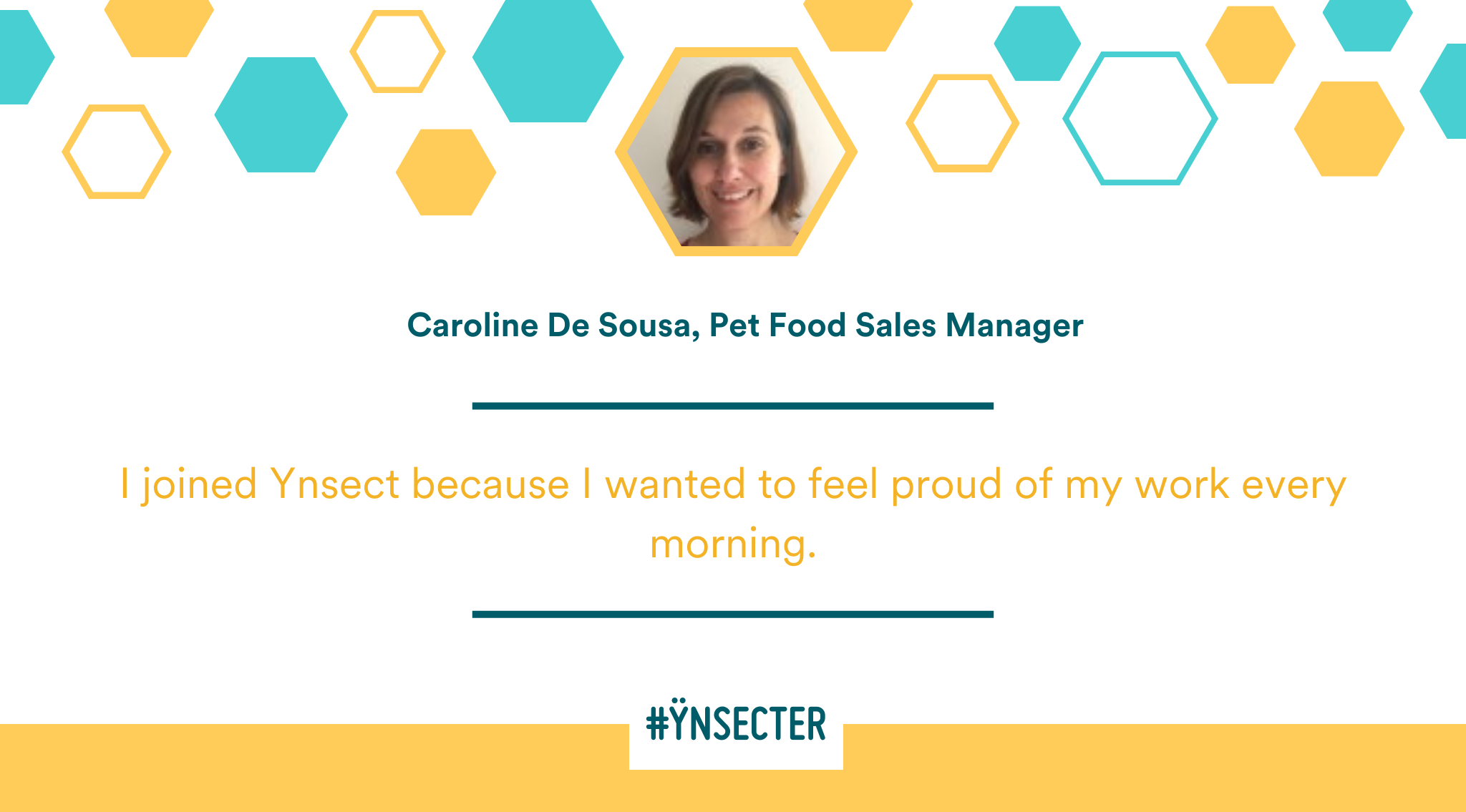An expert explains.
A huge white block rising up from a landscaped area. At first sight, Ynfarm looks like any other agri-industrial site. However, inside, the installation differs in every way from a traditional factory. So, what do we do here? In this article, I will show you around a farm like no other.
A vertical structure for optimised breeding
Ynfarm is the largest insect farm in Europe. With a surface area of 45,000m2, it will have eventually a production capacity of around 200,000 tonnes of ingredients per year. The immense farm allows for large-scale breeding and processing of larvae from the Molitor, the small beetles that have become the heart of our business. The insects grow, reproduce, are sorted, then harvested and stored in the farm’s storage unit. Each production stage takes place on site in an optimised short supply chain.
Ynfarm is the culmination of years of research and innovation. Entomologists, agri-food engineers and automated production specialists have worked together to develop this innovative concept. Their aim was to develop an efficient system enabling optimised insect breeding and making the process as autonomous as possible. They introduced vertical cultivation techniques which promote the development of insect colonies in a reduced and optimised space.
Each section of the installation has been designed to enhance Molitor breeding and processing. The insects grow in large, stacked containers and are grouped according to age. These containers are stored in units that are each reserved for a different stage in the life cycle. The adult insects are put in containers for reproduction. They lay their eggs through a grill. This protect the eggs from their parents and allows us to harvest them more easily. Once the eggs are collected we isolate them in the “growing” containers. The beetles spend around 8 weeks in our breeding unit where they lay, on average, 250 eggs. During the growth stage, we wash the larvae several times and sort them to separate the small from the large. The majority go through a blancher for processing. A small part will become adult beetles to continue the breeding cycle. The insect meal is then ready to be delivered.
The circuit is closed and works in a continuous loop. Production is practically self-sufficient in the sense that we rarely need to introduce new insects. Overall 95% of the mealworm is processed for ingredients and 5% is kept for breeding which reduces our dependence on external sources of starter stock.
A carefully configured production process
Nothing is left to chance in this well-defined process. Space, time, resources, raw materials for feed – everything is calculated to the last decimal place. Extensive research has been conducted by our R&D teams to establish a breeding schedule. Using the results, we have carefully defined the frequency and quantity of food to be given to the insects considering their weight and stage in the life cycle. We also ensure that they have a balanced diet, based notably on dry or moistened wheat bran. Water also is very important for insect growth and their ability to ingest food.
In the breeding area we also control the temperature, air speed, humidity and CO2. Juvenile larvae in particular need optimal conditions to develop. The preferred environment is dark.
The other essential data is colony density. Too high can be fatal for the insects, too low and they take up too much space. Like us, they need to breathe. To ensure good living conditions, we grow them in large containers at optimal density. To ensure stable conditions, the storage areas are fitted with sensors and we collect data from them. The young larvae do not grow in the same conditions as the older ones. The sensors allow us to adapt rearing conditions to the needs of each group. In this dense environment, the larvae produce a lot of calories; climate management is not only required at the storage area level, it must be accurate in every container to ensure that each tank has the best temperature and humidity conditions without blowing too hard. All this was accurately modelled when the storage and cooling systems were designed.
State of the art technology for accurate monitoring
Using state of the art technology, we finetune the mealworm’s environment at every stage of the life cycle. We carefully monitor their weight and ensure they are healthy using cameras installed on the production lines. These cameras photograph every container at each stage. We analyse the images using AI software and archive them in our huge database. These tools are essential to ensure perfect production traceability. We could not do it without them. At its normal production rate, Ynfarm has 5,000 stacks – that’s 120,000 containers. It’s huge. We have a very large transfer flow. Each container is identified. We know how many insects it has and how much food has been used, when it needs cleaning, which changes depending on their age. As the flows are not regular, we use highly developed intralogistics software to accurately monitor each stage of production, from birth of the larvae to the finished product.





